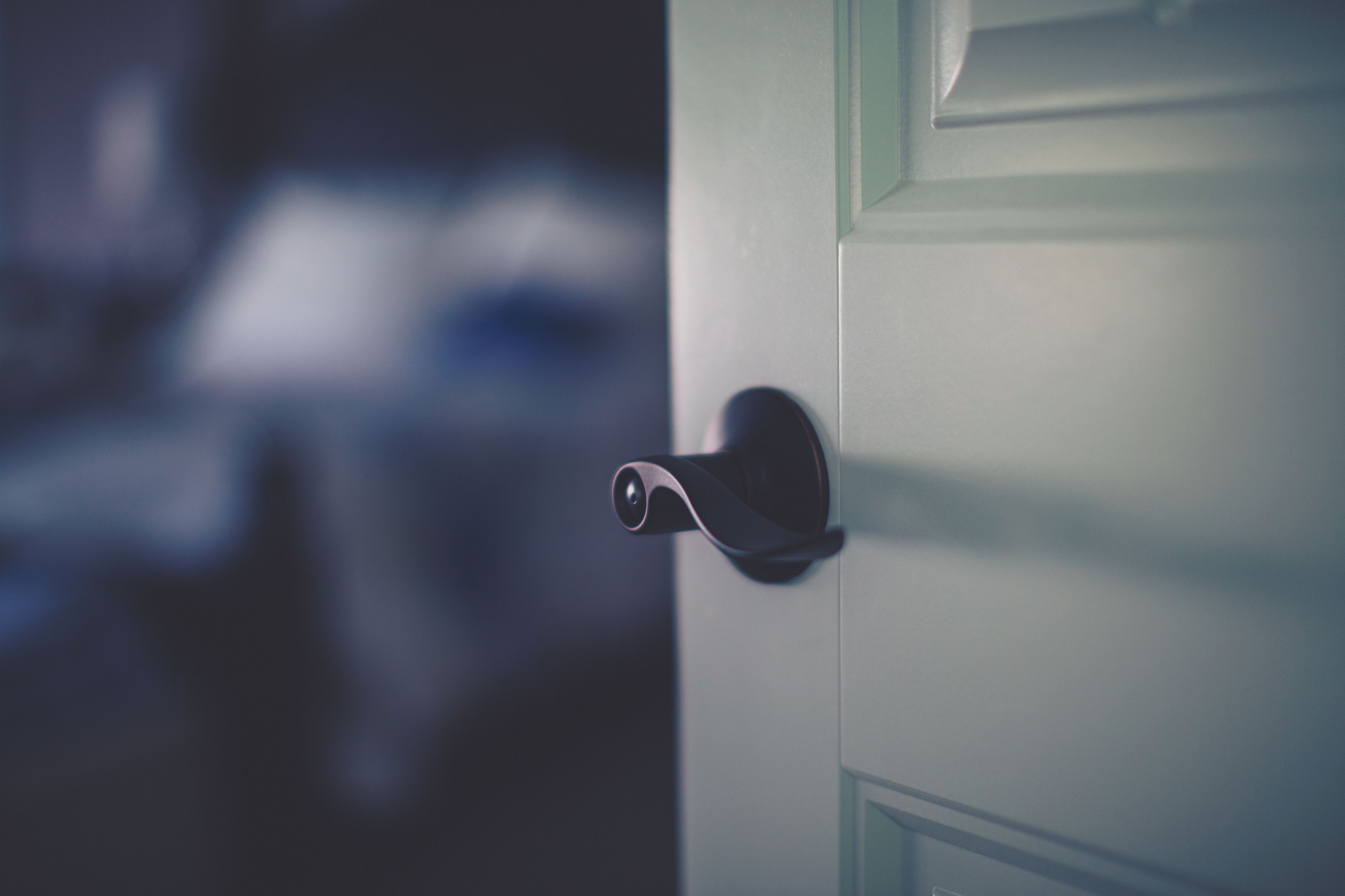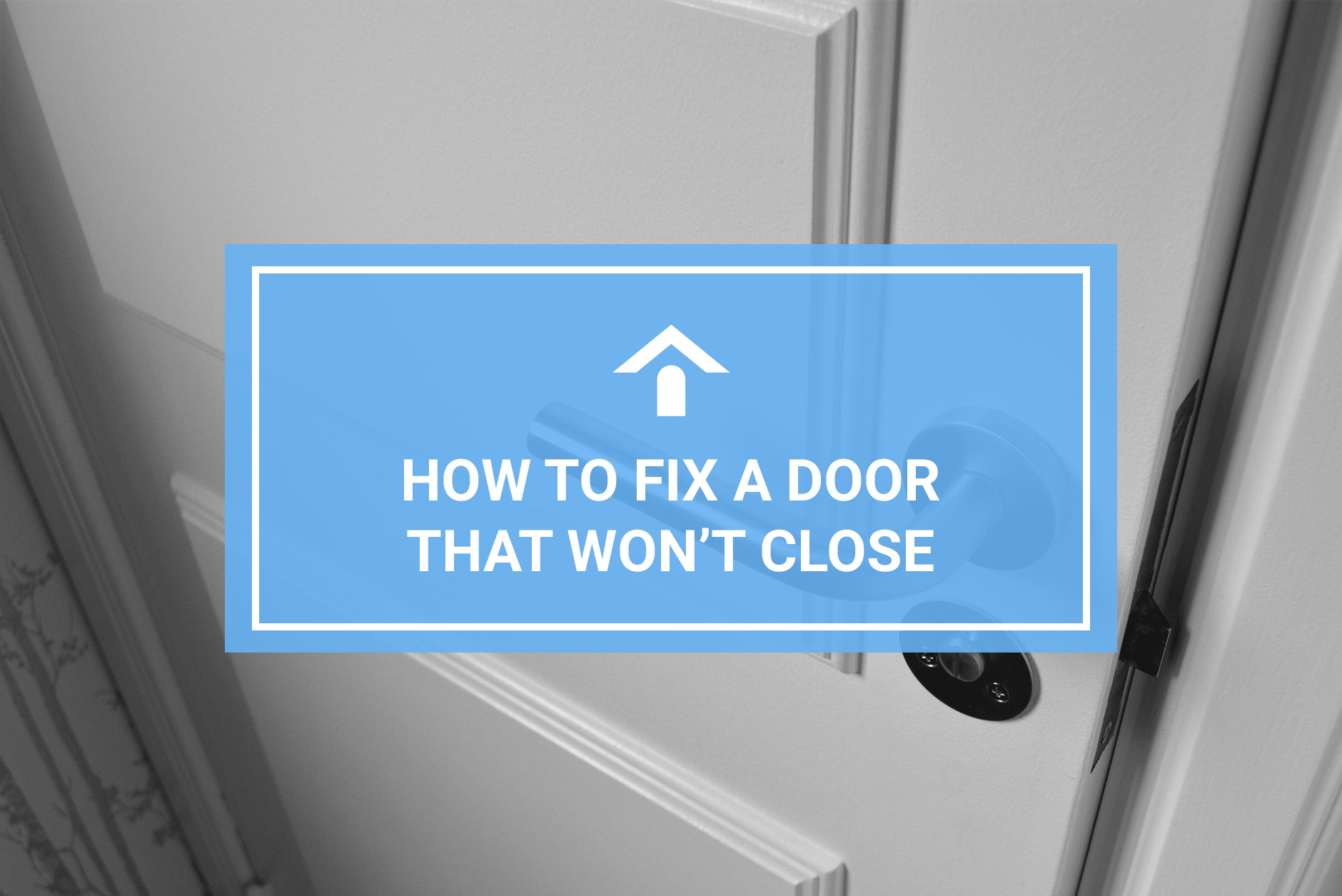Common Causes of a Stuck Bedroom Door
A stuck bedroom door can be a frustrating problem, hindering easy access and disrupting the flow of your home. This issue can stem from various factors, ranging from simple wear and tear to more complex structural problems. Understanding the common causes of a stuck bedroom door is the first step towards finding a solution.
Worn Hinges
Worn hinges are a common culprit behind a stuck bedroom door. Over time, the metal parts of the hinges can wear down, causing the door to sag and become misaligned. This misalignment can prevent the door from closing properly.
- Identifying Worn Hinges: Look for signs of wear on the hinge pins, such as scratches or grooves. If the hinges are loose or make a squeaking sound when the door is opened or closed, this is also a sign of wear.
- Solution: Replacing worn hinges with new ones can often solve the problem. You can also try tightening the screws that hold the hinges to the door and the frame.
Warped Door Frame, Bedroom door doesn t close
A warped door frame can also prevent a door from closing properly. This can happen due to changes in temperature and humidity, which can cause the wood to expand and contract. A warped frame can cause the door to rub against the frame, making it difficult to close.
- Identifying a Warped Door Frame: Check for gaps or unevenness between the door and the frame. If you see any signs of warping, you may need to have the frame repaired or replaced.
- Solution: In some cases, you can try to straighten the frame by applying pressure to the warped area. However, this is a temporary fix and may not be effective for severe warping. In most cases, replacing the warped frame is the best solution.
Obstacles Blocking the Door
Sometimes, a simple obstacle can be the reason your bedroom door won’t close. This could be anything from a piece of furniture placed too close to the door to a rug that’s bunched up underneath the door.
- Identifying Obstacles: Carefully inspect the area around the door, looking for anything that might be obstructing its path.
- Solution: Remove any obstacles that you find. If the problem persists, you may need to adjust the position of furniture or remove any other objects that are interfering with the door’s movement.
Improper Installation
A door that was not installed correctly can also cause problems with closing. This could include issues with the doorjamb, the hinges, or the strike plate.
- Identifying Improper Installation: Look for signs that the door is not hanging straight or that the strike plate is not aligned with the latch. You may also notice that the door is rubbing against the frame in an unusual way.
- Solution: If the door was improperly installed, you may need to have it re-installed by a professional. You can also try to adjust the strike plate or the hinges yourself, but this can be a tricky task.
Door Swelling Due to Humidity
Changes in humidity can cause wooden doors to swell, making them difficult to close. This is especially common in areas with high humidity or during the rainy season.
- Identifying Door Swelling: You’ll notice that the door is sticking or rubbing against the frame, especially around the edges. The door may also feel heavier or more difficult to open and close.
- Solution: You can try to reduce the humidity in the room by using a dehumidifier or by improving ventilation. You can also try to plane down the swollen areas of the door to make it fit more snugly in the frame.
Troubleshooting Techniques for a Stuck Bedroom Door

A stuck bedroom door can be a frustrating problem, but with a little patience and the right tools, you can often fix it yourself. The first step is to identify the cause of the problem. Once you know what’s causing the door to stick, you can take the appropriate steps to fix it.
Identifying the Cause of the Stuck Door
The first step in troubleshooting a stuck bedroom door is to identify the cause of the problem. This can be done by carefully inspecting the door and frame. Here are some common causes of a stuck door:
- Warped Door or Frame: A warped door or frame can cause the door to rub against the frame, making it difficult to open or close.
- Loose Hinges: Loose hinges can cause the door to sag, leading to rubbing and sticking.
- Obstructions: Obstructions like carpeting, paint, or debris can prevent the door from closing properly.
- Swollen Door: Excessive humidity can cause the door to swell, making it difficult to close.
- Loose Screws: Loose screws in the hinges or the door frame can cause the door to become misaligned.
Adjusting Hinges
If the hinges are loose, the door may sag, causing it to rub against the frame. To adjust the hinges, you will need a screwdriver and a level.
- Loosen the screws that hold the hinges to the door frame.
- Use a level to ensure the door is plumb (perfectly vertical).
- Tighten the screws on the hinges to secure the door in place.
Repairing or Replacing a Warped Door Frame
A warped door frame can cause the door to stick. You may need to replace the entire frame, but you can often fix a minor warp by straightening it.
- Remove the door from the frame.
- Carefully straighten the frame using a hammer and a block of wood.
- Reinstall the door and check to see if the problem is resolved.
Important Safety Note: Be careful when using a hammer to straighten the frame. It is essential to avoid damaging the frame or the surrounding walls.
Removing Obstructions
Obstructions like carpeting, paint, or debris can prevent the door from closing properly. To remove these obstructions, you will need a sharp knife, a vacuum cleaner, and a scraper.
- Use a sharp knife to trim any excess carpeting that is interfering with the door.
- Use a vacuum cleaner to remove any dust or debris from the door and frame.
- Use a scraper to remove any paint or other obstructions from the door or frame.
Tightening Screws
Loose screws in the hinges or the door frame can cause the door to become misaligned. To tighten the screws, you will need a screwdriver.
- Inspect the screws that hold the hinges and the door frame together.
- Tighten any loose screws using a screwdriver.
Sanding Down Swollen Areas
Excessive humidity can cause the door to swell, making it difficult to close. To sand down swollen areas, you will need sandpaper and a sanding block.
- Identify the swollen areas on the door.
- Use sandpaper and a sanding block to gently sand down the swollen areas.
Important Safety Note: Be careful when sanding the door. Avoid sanding down the wood too much, as this can weaken the door.
DIY Solutions for a Stuck Bedroom Door: Bedroom Door Doesn T Close

A stuck bedroom door can be a frustrating problem, but with the right tools and techniques, you can often fix it yourself. Here’s a comprehensive guide to tackling common door issues and restoring smooth operation.
Replacing Worn Hinges
Worn hinges are a frequent culprit behind a stuck door. Over time, the metal parts can become loose or damaged, leading to sagging and friction. Replacing the hinges with new ones can effectively resolve this problem.
- Identify the Issue: Check if the door is sagging or binding, especially at the top. This indicates worn hinges.
- Gather Supplies: You’ll need new hinges that match the existing ones, a screwdriver, and a pencil.
- Remove the Old Hinges: Unscrew the old hinges from the door and frame using the screwdriver. Be careful not to damage the surrounding wood.
- Install the New Hinges: Align the new hinges with the existing screw holes and use the screwdriver to secure them. Make sure they are flush with the door and frame.
- Adjust the Door: If the door still sags, slightly tighten the screws on the bottom hinge to lift it. Conversely, loosen the screws to lower it.
Straightening a Warped Door Frame
A warped door frame can cause the door to stick, rub, or not close properly. If the frame is slightly warped, you might be able to straighten it without replacing it.
- Identify the Warp: Look for uneven gaps between the door and frame, or a noticeable bend in the frame itself.
- Gather Supplies: You’ll need a wood shim, a hammer, and a measuring tape.
- Insert Shims: Place the shims between the warped section of the frame and the door, using the hammer to tap them into place.
- Measure and Adjust: Use the measuring tape to check if the gap between the door and frame is now consistent. Adjust the shims as needed.
- Secure the Shims: Once the frame is straight, use wood glue or construction adhesive to secure the shims in place. Allow the adhesive to dry completely before using the door.
Shimming a Door for a Tighter Fit
If the door is loose and doesn’t close tightly, you can use shims to create a snugger fit. Shims are thin, wedge-shaped pieces of wood that can be placed between the door and frame.
- Identify the Gap: Determine where the gap is most noticeable. It’s usually at the top or bottom of the door.
- Gather Supplies: You’ll need wood shims, a hammer, and a pencil.
- Place the Shims: Insert the shims into the gap between the door and frame, using the hammer to tap them into place.
- Test and Adjust: Close the door and check if the gap is gone. If not, add more shims or adjust their position.
- Secure the Shims: Once the fit is tight, use wood glue or construction adhesive to secure the shims in place. Allow the adhesive to dry completely before using the door.
Preventing Future Issues
- Regular Maintenance: Lubricate the hinges periodically with a light oil to prevent squeaking and rust.
- Avoid Force: Don’t slam the door shut. This can put unnecessary stress on the hinges and frame, leading to damage.
- Keep It Clean: Wipe down the door and frame regularly to remove dirt and debris that can cause friction.
